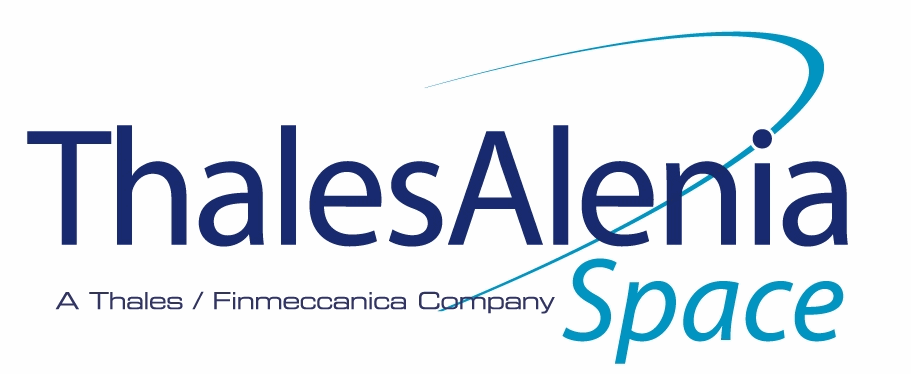
-
StatusCompleted
-
Status date2021-03-19
-
Activity Code1B.127
This activity investigated the possible telecommunication services and applications that could be offered from Very Low Earth Orbit (VLEO), taken to be altitude below 300km in altitude where atmospheric drag becomes a dominant satellite design consideration. After selection of the most promising services and applications, a system study was performed and system requirements for the satellite communication systems that could offer the identified services were derived. The activity outcome was to understand the potential viability and benefits of future VLEO telecommunications missions, and to propose the subsequent technological developments needed to enable the use of VLEO systems for satellite communications.

A key aspect of the project was to examine 8 different applications for their technical and financial challenges. These included underground communications, smart data relays, high speed internet access to fixed terminals, high speed internet access to mobile terminals, super store and forward, critical-type communications, quantum key distribution and aircraft communications. There was a specific emphasis on understanding the impact on the satellite platform (and hence payload) when operating in VLEO, taking into account propulsion trade-offs or aerodynamic drag requirements combined with accommodation requirement for antenna, solar panel or other appendices. In addition, an understanding of the environmental effects of radiation, atomic oxygen and electrical charging and therefore the impact on the lifetime of the satellite was developed. Finally, the activity addressed the launch, deployment and orbital maintenance aspects of such systems in VLEO.
A significant reduction in size, power consumption and mass of a satellite, as well as reduced communications latency are possible for satellites in Very Low Earth Orbit. Advantages, such as lower signal path-loss and smaller beam diameters projected on the ground also make VLEO satellites attractive for telecommunications applications. Together, these enable high frequency telecom payloads that are capable of supporting a data rate of several Gigabit per second, whilst consuming only a few Watts of power.
This study describes work by Thales Alenia Space UK, France and the UK Space Catapult to select an attractive telecommunications application for VLEO (Very Low Earth Orbit) satellites. Through a rigorous trade process comparing 8 different applications, 5G internet access direct to handset was selected as a financially compelling prospect for a VLEO constellation. This work develops a viable conceptual design of the payload and platform for the satellites in the constellation. Despite the harsh environment of VLEO, it was found to be financially and technically possible to build, launch and operate a constellation to provide this key service. The study has examined payload design, platform design, constellation and deployment aspects and costing and there have been no obvious showstoppers for this concept. It is hoped that future space industry will be able to learn from the various aspects examined in order to inform their studies. VLEO offers an attractive link budget, a reduced radiation environment (and therefore the possibility for COTS components) and lower latency which enables C band operation with Time Division Duplexing. All of these elements contribute to making it an interesting prospect with exciting commercial possibilities.
A constellation was selected which will provide good coverage between latitudes of ±55° (as these latitudes cover >95% of the Earth’s population). This consisted of 33 planes of 70 satellites each inclined at 55° which will cover a large number of potential users, with extended service in northern highly populated areas. The constellation will be able to provide an average 3.8Mbps downlink data rate per beam to a conventional mobile phone handset, with each satellite supporting 320 beams. The flexibility of the payload allows this rate to be increased if not all beams are in use.
The project was a 12 month project from the kickoff to the end of the activity (delivery of draft final report and other deliverables). It had 3 milestones: the Communications Applications Review, the Mid Term Review and the Final Review at the end.
The project has been completed





